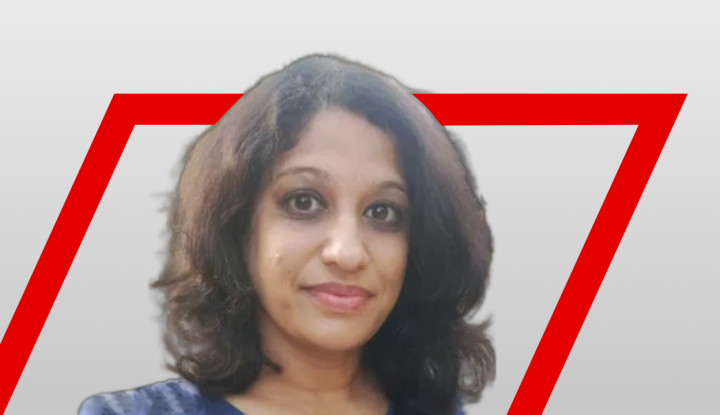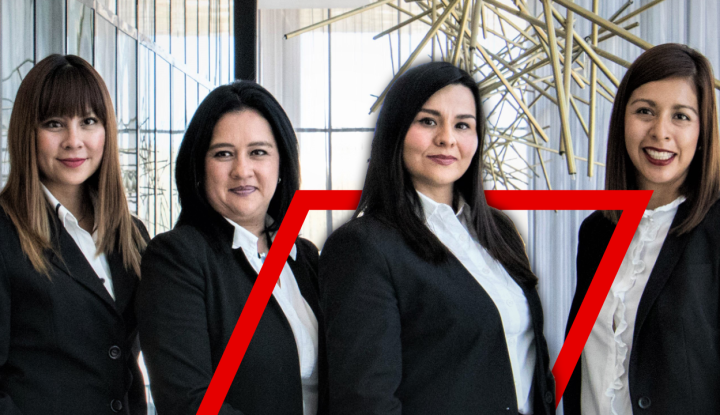Each year, the world celebrates to recognize the achievements and contributions of women around the world. Although as a society we have taken significant strides in our fight for gender equality, and continue the fight for women’s rights, the fight for gender justice is far from over. In order to truly achieve a world where all women have the same opportunities, we must first understand the difference between ‘equity’ and ‘equality’.
Equality, in its simplest form, is the idea that all people should be treated the same, regardless of gender, race, or any other defining characteristic. This sounds great, but in practice, it doesn’t always work. Women, in particular, face unique challenges and obstacles that cannot be solved simply by treating them the same as men.
Equity on the other hand, is the idea that instead of treating everyone the same, we need to provide different levels of support to different groups of people to achieve a level playing field. This means acknowledging and addressing the systemic barriers that prevent women from accessing the same opportunities as men.
Let me give you an example of one working mother’s story during the pandemic.
With remote work becoming the norm, the line between our personal and professional lives have blurred. For this working mother, it came with additional set of challenges. At the start of the pandemic, remote work seemed like a blessing. No more long commutes, no more traffic, and more time for personal pursuits. However, as time went by, the realities of working from home (WFH) became apparent. With the entire family at home, including her husband, kids and in-laws, the pressure to manage work, household chores, and the children at the same time, began to mount. The lack of in-person socialization with friends had taken a toll on the mental health of her children. She tried to create a routine for them, but as kids, they still demanded attention and engagement. Being a working mom and trying to manage kids at home proved to be a Herculean task. The children would often get upset and frustrated when their mother had to focus on work, and the mother felt guilty for not being able to give them the time they needed. The absence of household help compounded the challenges. As a result, the couple would frequently argue due to conflicting priorities. In a patriarchal society, the husband often held the dominant position and had the final word in household decisions, prioritizing his career over his wife’s. Juggling work and family became a challenge, especially when relatives visited and expected her to cater to their needs, disregarding her workload. This put the woman in a difficult position as she had to balance the demands of traditional family expectations with those of her corporate job, leading to increased stress and frustration. The rigid gender roles in society limited her opportunities and made it harder for her to strike a balance between her professional and personal life.
The story highlights the issues of equity and equality in the context of work and family life. Equity refers to fairness and justice in the distribution of resources and opportunities, while equality refers to equal treatment and access to resources and opportunities regardless of gender. In this case, the mother faced unequal treatment and didn’t receive ample support in balancing her work and family responsibilities, as well as unequal power dynamics in her relationship with her husband. This highlights the need for a more equitable and equal distribution of work and caregiving responsibilities, and for breaking down gender stereotypes and traditional gender roles to create a more balanced and supportive environment for working mothers. It is a must for society as a whole to recognize the value and importance of the role of working mothers and provide the support they need to succeed. Read More
——————————————————————————————————————————————————
This authored article by Sanjeeb Patel was featured in Tourism Quest.






